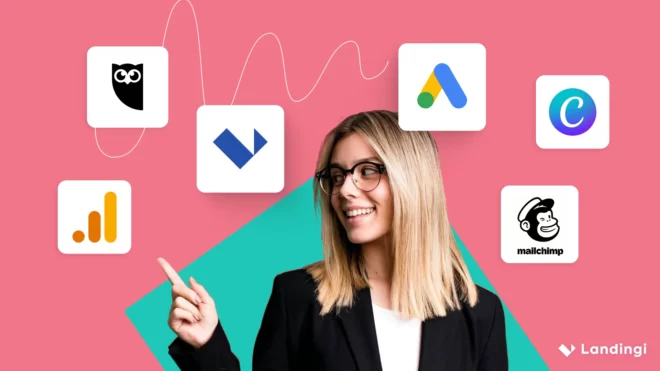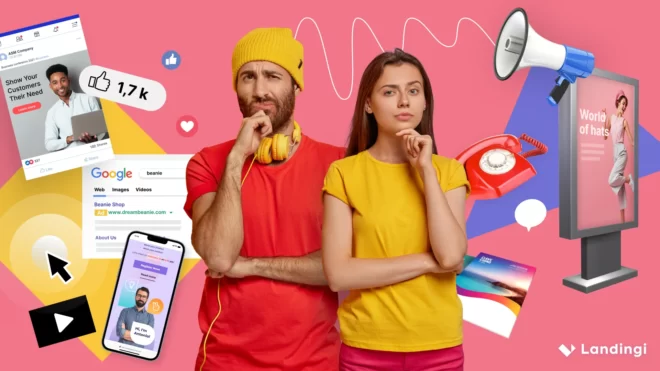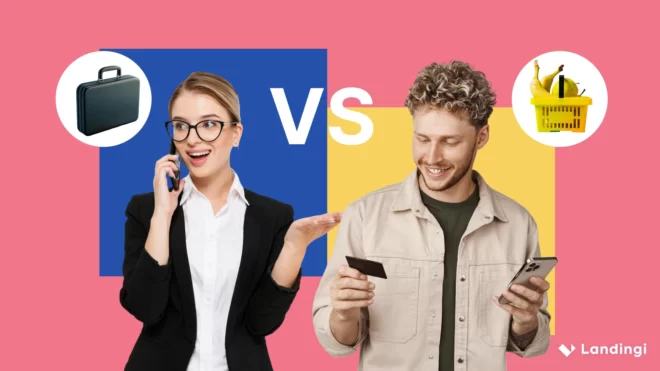Digital marketing (sometimes known as digital media marketing) and social media marketing are two concepts often unclear to users regarding their relationship with each other. In fact, despite the differences between them, they remain quite closely related and often appear in similar contexts. Let’s investigate, then, what exactly they mean, what is specific to either of them, where the most important differences between them lie, and what they actually have in common. To kick things off, a quick glance at a list of the crucial differences we’ll analyze:
- Scope of marketing activities
- Channels of communication
- Content strategy and format
- Audience targeting techniques
- Paid vs. organic reach
- Purpose and objectives
- Analytics and performance tracking
- Real-time interactions vs. scheduled engagement
- Impact on customer relationships
- Roles and responsibilities of employees involved
Let’s dig into it a bit deeper!
Key takeaways:
- Digital marketing encompasses various digital marketing channels, from websites and landing pages through paid ad campaigns, search engine marketing, mobile marketing, email campaigns, content marketing to social media.
- Social media marketing focuses on promoting through social media platforms by creating and sharing content that resonates with the target audience, aiming to increase engagement, brand visibility, and customer loyalty.
- Digital marketing and social media marketing often lead users to landing pages, which are effective in converting them into leads or customers.
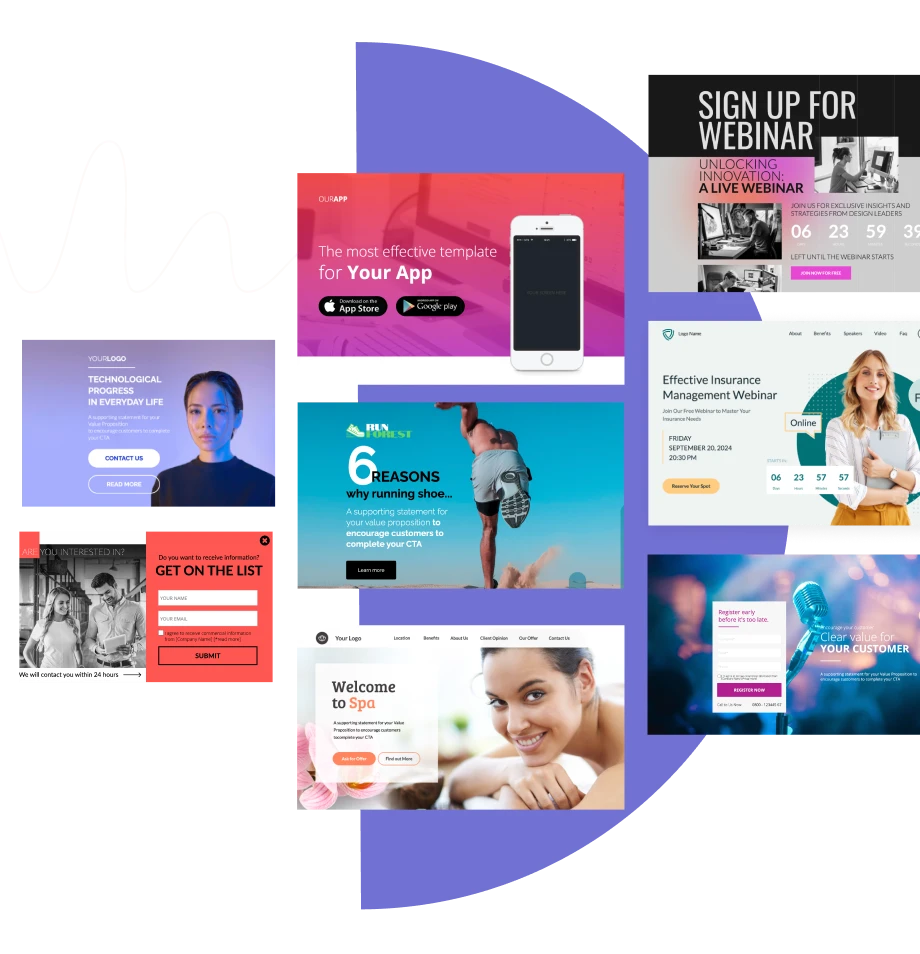
What is Digital Marketing?
Digital marketing encompasses a broad range of activities aimed at promoting products and services through digital channels, using tools and techniques to connect with customers online. According to the American Marketing Association (AMA), digital marketing involves leveraging websites, search engines, blogs, social media, email, and similar platforms for marketing purposes.
On the other hand, Frederik Ferié, in “The Palgrave Encyclopedia of Interest Groups, Lobbying, and Public Affairs,” points out that digital marketing is not strictly tied to commercial advertising but can also include activities in interest groups, lobbying, and public affairs, highlighting its relevance in non-commercial sectors as well.
In short, we can assume that digital marketing is marketing utilizing online channels regardless of the type of business, its size, product, or target audience. As such, digital marketing includes social media marketing as a component, which is frequently its vital part (sometimes, social media marketing may even be the core component of overall digital marketing strategy).
What is Social Media Marketing?
Social media marketing is the use of social media platforms like Facebook, Instagram, LinkedIn, TikTok, and Twitter to promote products, services, or brands. The goal is to connect with your target audience, build brand awareness, and drive traffic to your website or business. Social media marketing involves the following types of marketing activity:
- Content marketing – creating and sharing relevant posts, images, videos, stories, and infographics to engage your audience and build brand presence;
- Paid advertising & sponsored posts – running targeted ads and sponsored content to reach a wider audience and boost brand visibility on platforms like Facebook Ads, Instagram Ads, LinkedIn Ads, and TikTok Ads;
- Influencer marketing – partnering with influencers or well-known personalities in your niche to promote your brand or product to their followers;
- Social media engagement & community building – interacting with followers through comments, likes, shares, and direct messages to build relationships and a loyal community around your brand;
- Social media contests & giveaways – running contests, giveaways, and challenges to increase engagement, gain followers, and create excitement around your brand;
- Social listening & reputation management – monitoring social media channels for mentions, feedback, and industry trends to maintain a positive brand image and respond to any customer inquiries or issues;
- User-generated content (UGC) – encouraging customers and followers to create content about your brand, such as reviews, testimonials, and photos, and then sharing this content to build trust and authenticity;
- Analytics & performance tracking – using analytics tools to track performance metrics (e.g., reach, engagement, conversions) to measure the success of social media campaigns and adjust strategies accordingly.
All of these can be combined within the more complex social media marketing strategies, which are usually a part of overall digital marketing strategies (very rarely does social media marketing act as the only marketing channel used).
10 Key Differences Between Digital Marketing and Social Media Marketing
Let’s now explore the differences between digital marketing and social media marketing across the twelve crucial areas to give you a full understanding of what sets apart each of them and how they are both related to each other.
1. Scope of Marketing Activities
Digital marketing encompasses a broad range of online strategies including:
- SEO,
- content marketing,
- PPC advertising,
- email marketing,
- and social media marketing.
Social media marketing, on the other hand, is a subset of digital marketing focused specifically on using social media platforms like Facebook, Instagram, and LinkedIn to promote a brand or product.
2. Channels of Communication
Digital marketing utilizes multiple online channels, such as search engines, websites, emails, and display ads, to reach target audiences. Social media marketing is restricted to social networks as its primary communication channels.
For instance, a digital marketing campaign might include a combination of Google Ads, email newsletters, and Facebook posts, while social media marketing would be concentrated on creating and promoting content exclusively on platforms like TikTok, LinkedIn, or Twitter.
3. Content Strategy and Format
The content strategy in social media marketing is primarily visual and engagement-focused, involving:
- posts,
- stories,
- videos,
- and live streams,
designed to foster real-time interactions.
In contrast, digital marketing content strategies can be more varied and long-form, including:
- blogs,
- whitepapers,
- email content,
- video ads,
- and infographics.
For example, a social media strategy may involve short, entertaining videos for TikTok, while digital marketing content could include detailed articles optimized for SEO on the same subject.
4. Audience Targeting Techniques
Social media marketing allows businesses to target audiences based on social platform data like:
- interests,
- behaviors,
- and demographics,
often in real-time.
Digital marketing generally employs a wider range of targeting techniques, including:
- keyword targeting for search engines,
- remarketing through display ads,
- and advanced email list segmentation.
A social media marketer might use Facebook’s audience insights to target specific interests, while a digital marketer could use Google’s display network to retarget users who have previously visited the website.
5. Paid vs. Organic Reach
Digital marketing often involves a mix of paid advertising and organic strategies across various channels. Social media marketing also uses a combination of organic and paid efforts, but organic reach has become increasingly limited on platforms like Facebook and Instagram, making paid ads more crucial for visibility.
For instance, while a blog post optimized for SEO might generate significant organic traffic over time, a Facebook post’s reach will likely be limited unless it’s promoted as a sponsored ad.
6. Purpose and Objectives
Digital marketing aims to cover the complete customer journey – from awareness to conversion and retention – using different tactics like email automation and content marketing to guide users down the funnel. Social media marketing centers on social interactions and community building, as well as on expanding brand awareness and increasing engagement.
Example: while digital marketing might aim to convert leads through email drip campaigns, social media marketing would focus more on engaging followers through regular posts and stories.
7. Analytics and Performance Tracking
Digital marketing relies on multiple analytics tools like Google Analytics, SEMrush, and HubSpot to measure KPIs such as website traffic, bounce rate, and conversions across all channels. Social media marketing primarily uses social platform analytics, such as Meta Business Suite, Twitter Analytics, and LinkedIn Insights, to track metrics like engagement, impressions, and follower growth.
8. Real-Time Interactions vs. Scheduled Engagement
Social media marketing often involves real-time interactions, such as:
- live streams,
- responding to comments,
- or creating content based on trending topics to capitalize on momentary buzz.
Digital marketing activities are usually scheduled and automated, like:
- PPC ads that run continuously,
- or email campaigns that follow a set schedule.
A social media marketer may need to jump on a trending hashtag quickly, whereas a digital marketer would plan and schedule a series of targeted ads in advance.
9. Impact on Customer Relationships
Social media marketing is highly interactive, fostering direct relationships with customers through comments, messages, and social engagement, leading to brand loyalty and advocacy. Digital marketing focuses more on driving conversions and measurable outcomes through multiple touchpoints without necessarily involving direct, real-time conversations.
For example, a social media strategy may involve responding to each comment to build community, while a digital marketing strategy might aim to increase conversions through retargeting ads based on user behavior.
10. Roles and Responsibilities of Employees Involved
The roles in digital marketing and social media marketing differ based on the required skill sets and job responsibilities.
Digital marketers typically have broader roles, handling a range of tasks such as SEO optimization, email marketing, PPC management, and analytics across multiple channels. Positions may include:
- digital marketing manager,
- PPC specialist,
- or SEO expert,
focusing on holistic strategies to drive traffic and conversions.
In contrast, social media marketers specialize in managing social media accounts, creating content for social platforms, engaging with followers, and running social ads. They often hold titles like:
- social media manager,
- community manager,
- or content creator,
concentrating on building brand awareness, fostering community engagement, and driving social media growth.
Digital Marketing vs Social Media Marketing Examples
Let’s use Landingi’s example to visualize the differences between the analyzed phenomena and to check how they work in the real world!
Digital Marketing Example
Within our comprehensive marketing strategy, Landingi makes use of various online marketing channels. The core element is driving traffic to the company’s website and encouraging sign-ups to the platform, which is achieved by professional search engine optimization, particularly applied to blog content:
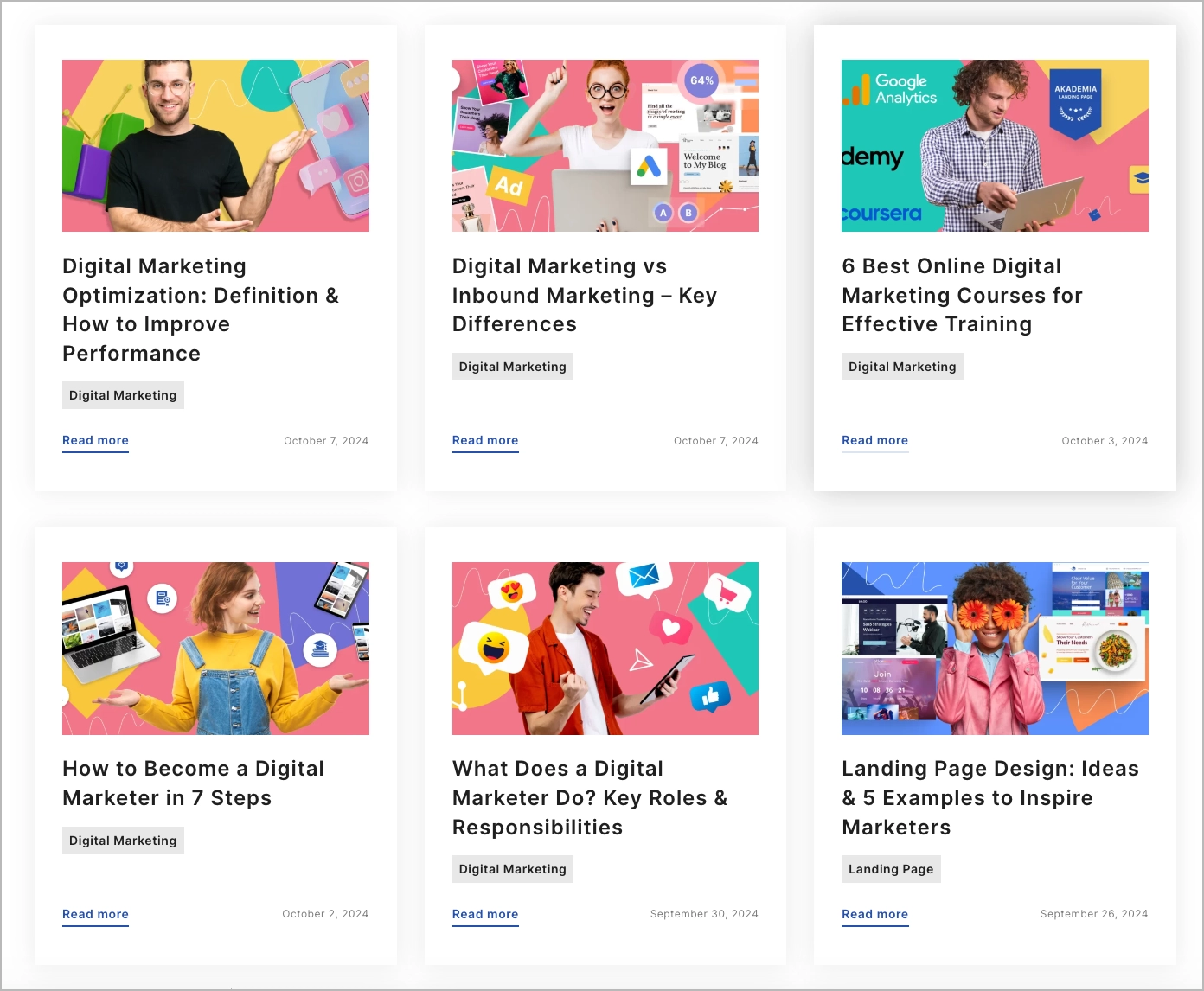
From blog posts, users are redirected to product pages or pricing, where they can sign up to the platform. Product pages are a place where content marketing comes into play. Its goal is to present the product, highlighting the most useful features and user benefits. Icons, charts, testimonials, reviews, partners’ logotypes, videos, and images strongly support copy pieces to foster persuasion and make product communication even stronger.
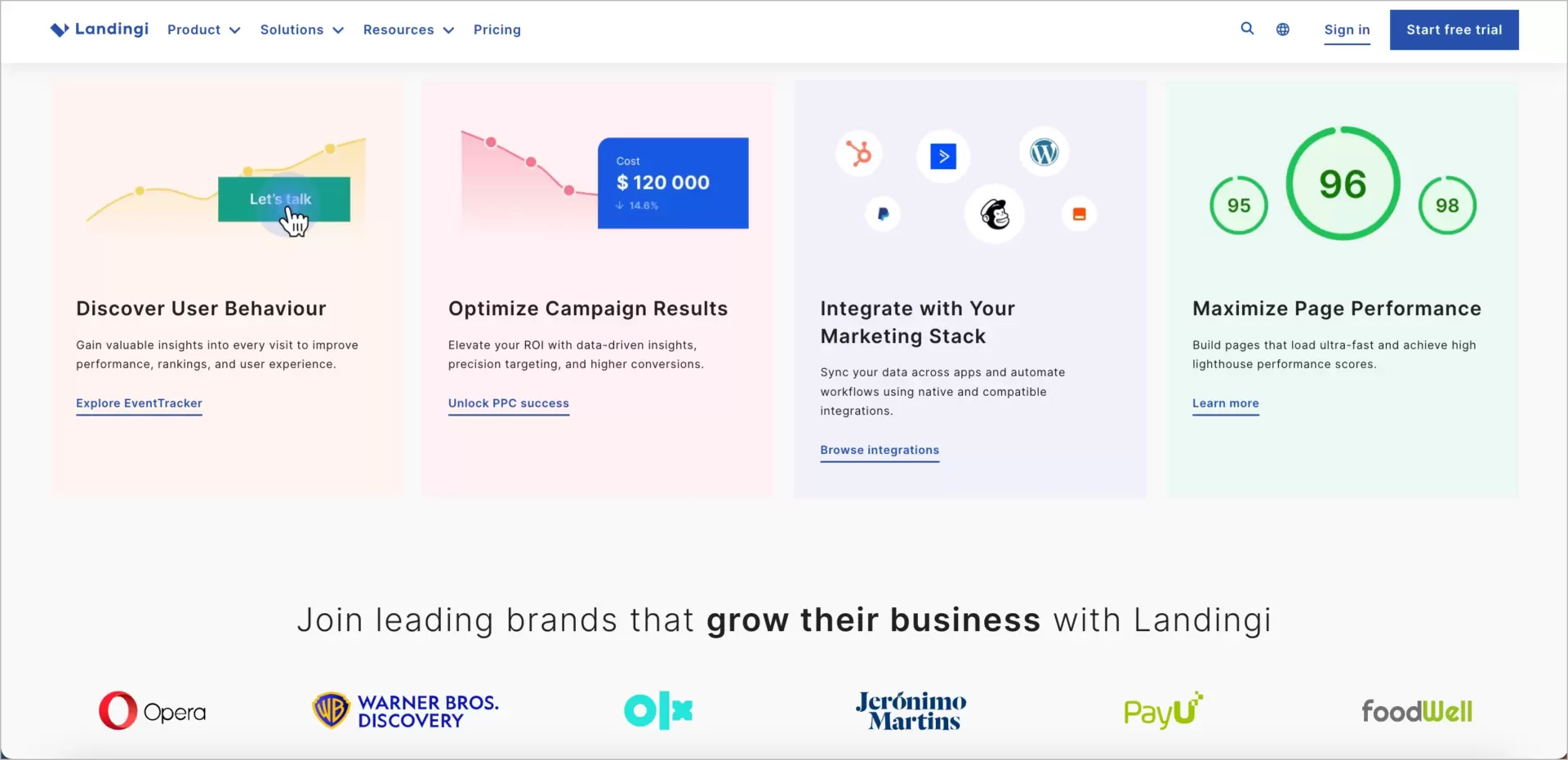
An important part of Landingi’s digital marketing strategy is also running paid ad campaigns in Google’s search network:

Landingi also performs email marketing campaigns (with newsletters and product updates as two core letter types in use), webinars and affiliate marketing, which are types of digital marketing. In addition to all of these, the company utilizes social media platforms, and it’s a kind of digital marketing too!
Social Media Marketing Example
Landingi’s social media marketing strategy evolves around LinkedIn, Facebook, and YouTube, but some content is also published on TikTok and Instagram.
LinkedIn is utilized to:
- spread the reach and build the authority of the company’s blog through sharing posts,
- announce releasing new features, tools, integrations, partnerships, or important tweaks to the platform,
- communicating discounts, promos, and special offers (e.g. for Black Friday or Summer Sale),
- sharing pictures from the company’s events to promote its image as an employees-friendly environment,
- promote open job positions and encourage candidates to share their CVs.

Facebook is used for similar purposes, but its core function is to create brand awareness and popularize our blog content encouraging visits.

Among the social channels exploited by Landingi is YouTube. It’s a perfect place for publishing tutorial videos, webinar recordings, and guides instructing users on how to achieve marketing objectives using Landingi.
Additionally, many YouTube channels focused on digital marketing tools published video reviews of Landingi, which separately contributed to increasing its popularity.

Landing Pages – Where It All Ends!
Among digital and social media marketing stuff are also landing pages, which often serve as a final destination for user journeys. Indeed, there is no better place to redirect your audience from social media posts, paid ad campaigns, email newsletters, blog posts, webinars, and so on than landing pages. If well-arranged, they can work as true conversion machines able to turn your social media marketing efforts into the clients and leads you desire.
In Landingi you have at your hand all you need to create high-performing landing pages, including:
- easy-to-use no-code landing page builder enabling you to create sophisticated pages based on your vision or one of the 300+ templates for various industries and goals,
- AI toolset for crafting content, completing SEO details, and removing background from images,
- A/B testing and EventTracker for optimizing conversions based on analytics and data,
- scalability features like multilingual translations, programmatic pages, Smart Sections, and advanced management solutions (tailored especially for agencies and big companies).
Try Landingi for free, connect your social media profiles with dedicated landing pages and drive more qualified leads to your business right away!



